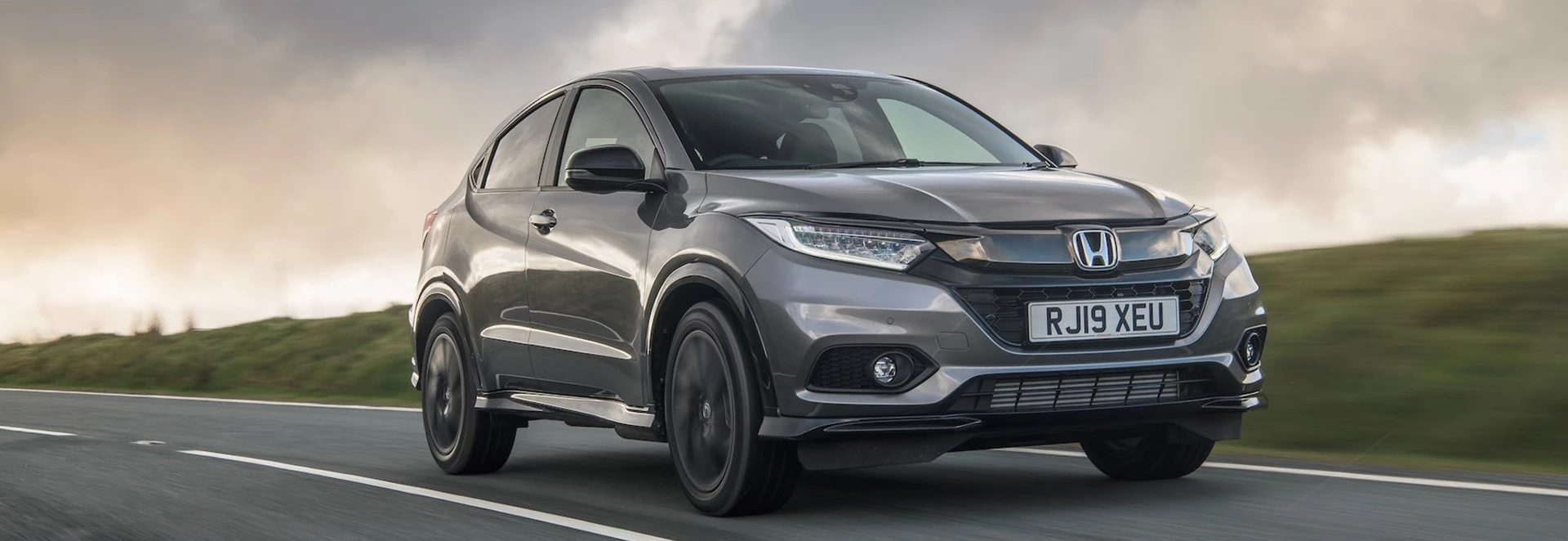Honda’s had a lot of success with its crossovers and SUVs – most notably with the CR-V.
While not hugely popular in the UK, across the world this is the best-selling car in its segment, so it’s little surprise that Honda introduced its HR-V in 2015 as a smaller and more affordable crossover.
This generation of HR-V was given an update in 2018, with a fresh focus on quality along with the introduction of a hot Sport variant. That said, it continues to be as well-equipped and roomy as ever.
Here’s what you need to know about it…
What engines are available?
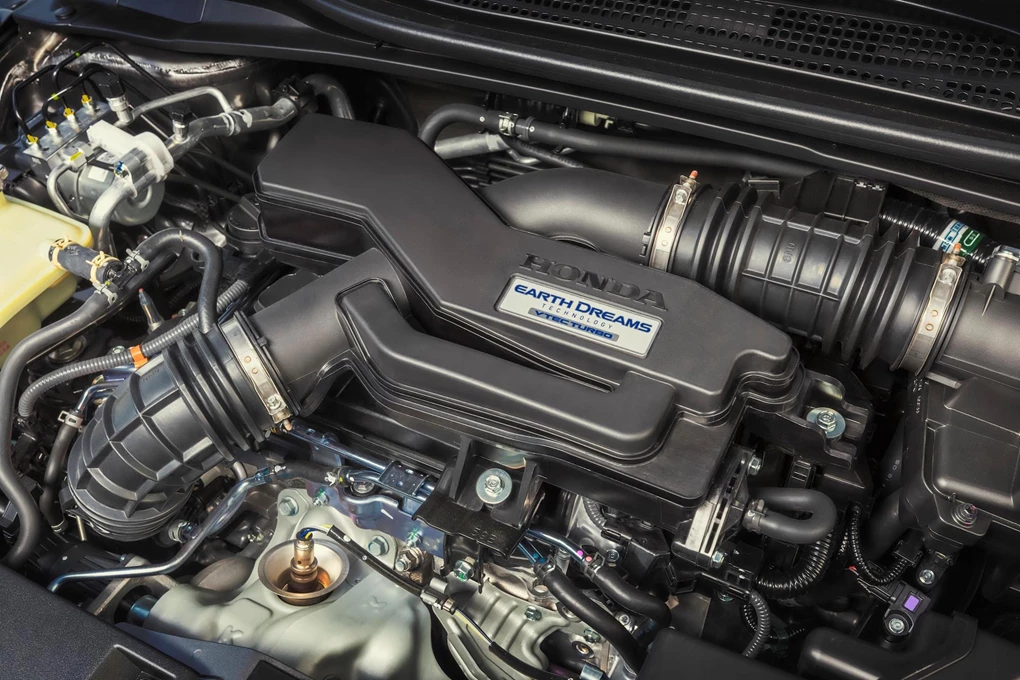
Two petrol units and one diesel are available on the HR-V.
Starting with the petrol, a 1.5-litre unit is available with either 128bhp or 179bhp.
The 128bhp version is offered with both a manual and CVT automatic transmission, and delivers a decent mix of economy and efficiency – reaching 60mph in 10 seconds, with Honda claiming it will return 42.8mpg and CO2 emissions of 148g/km.
If you want the quickest HR-V, you need to go for the 179bhp version, which is available with both manual and CVT gearboxes again. The sprint to 60mph takes just 7.6 seconds and it would hit a top speed of 134mph. It’s only marginally less efficient than the less powerful model, though, with Honda claiming it will return 42.2mpg, with CO2 emissions of 151g/km.
For those doing a lot of miles each year, you should look at the 118bhp 1.6-litre diesel engine, which only comes mated to a six-speed manual gearbox. It’s much more efficient than the petrol – returning 56.5mpg, with CO2 emissions of 132g/km. As for performance, it can hit 60mph in 9.8 seconds and has a top speed of 117mph.
What trim levels are available?
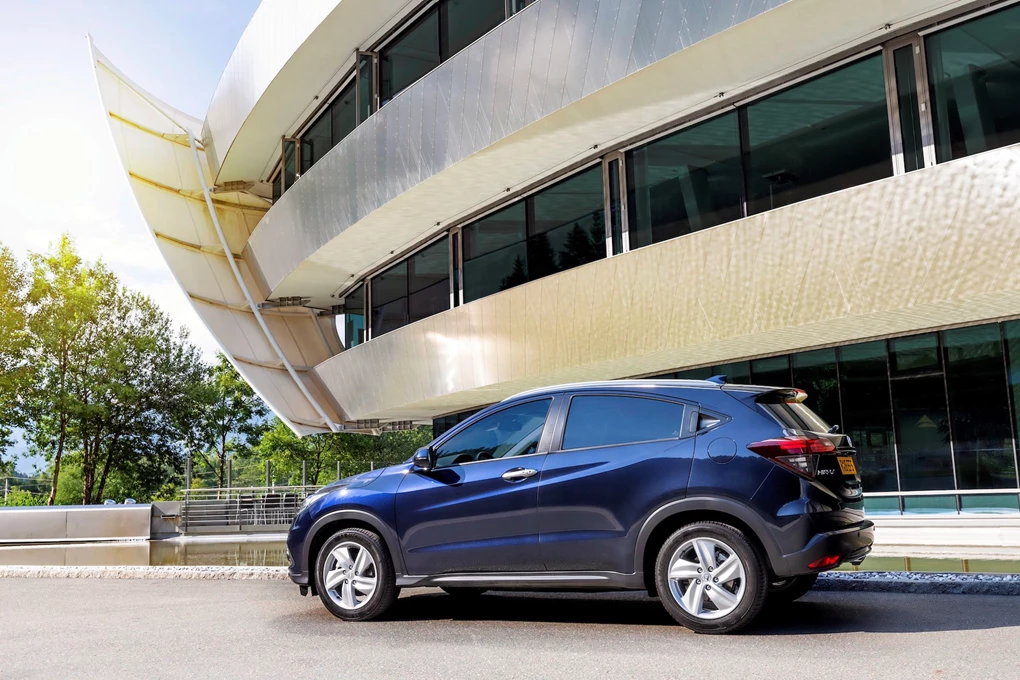
Four trim levels are offered on the HR-V, with equipment highlights and pricing are as follows.
S – from £20,735
Standard equipment impresses on the HR-V, with this entry-level version getting 16-inch alloy wheels, LED headlights, automatic lights and wipers, climate control and cruise control. It also comes with clever flip-up ‘Magic rear seats’, an electric parking brake, electrically adjustable and heated door mirrors, Bluetooth and autonomous emergency braking.
SE – from £23,650
Upgrade to the SE if you want a touchscreen – this featuring a seven-inch system with satellite navigation and DAB radio, along with 17-inch alloy wheels, front and rear parking sensors, fog lights, electrically folding mirrors and a leather steering wheel. It also gains plenty of additional safety kit, including lane keep assist and traffic sign recognition.
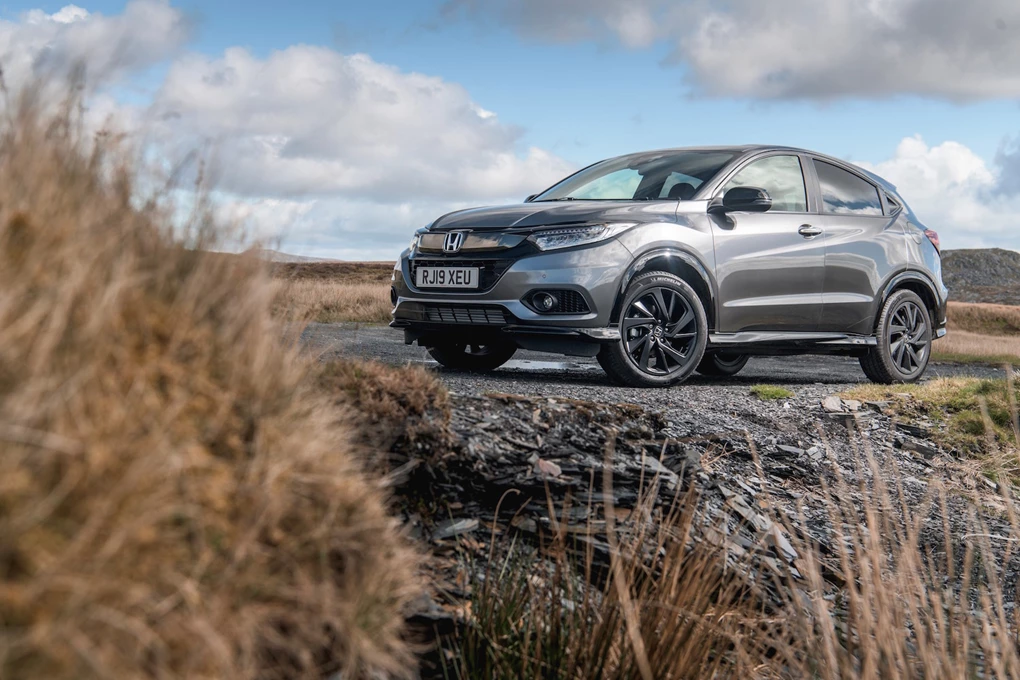
EX – from £26,620
High-spec EX models benefit from larger 18-inch alloy wheels, keyless entry and start, a panoramic sunroof, roof rails and leather upholstery. It also comes with LED front fog lights, heated seats, additional chrome styling and auto-dimming rear view mirrors.
Sport – from £28,420
Top-spec Sport models build on the SE with black 18-inch alloy wheels, LED foglights, black exterior styling, twin exhaust pipes and dynamic tweaks such as handling differences and performance dampers.
What about personalisation?
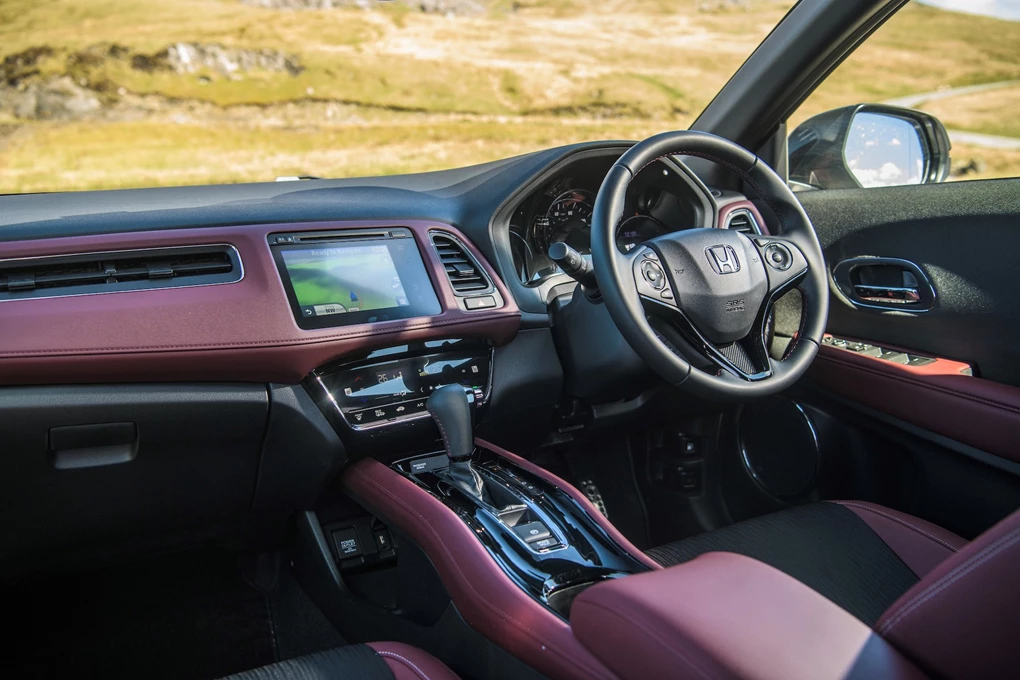
While you might not expect the HR-V to be offered with lots of personalisation, there’s more than you might expect. For starters, there’s a good line-up of colours offered – highlights including Platinum Grey, Rallye Blue and Brilliant Sporty Blue (yes, that’s really what Honda calls it).
You can also choose from three styling packs – the Chrome Pack bringing additional brightwork, the Aero Kit offering sportier looks thanks to revised bumpers, running boards and a larger spoiler and a Robust Pack delivering more rugged styling.
Various interior changes can be made, too, including choosing an Illumination Pack to offer ambient lighting, a range of boot solutions and the usual tow bar, cycle racks and more durable floor mats.
Enquire on a new Honda HR-V